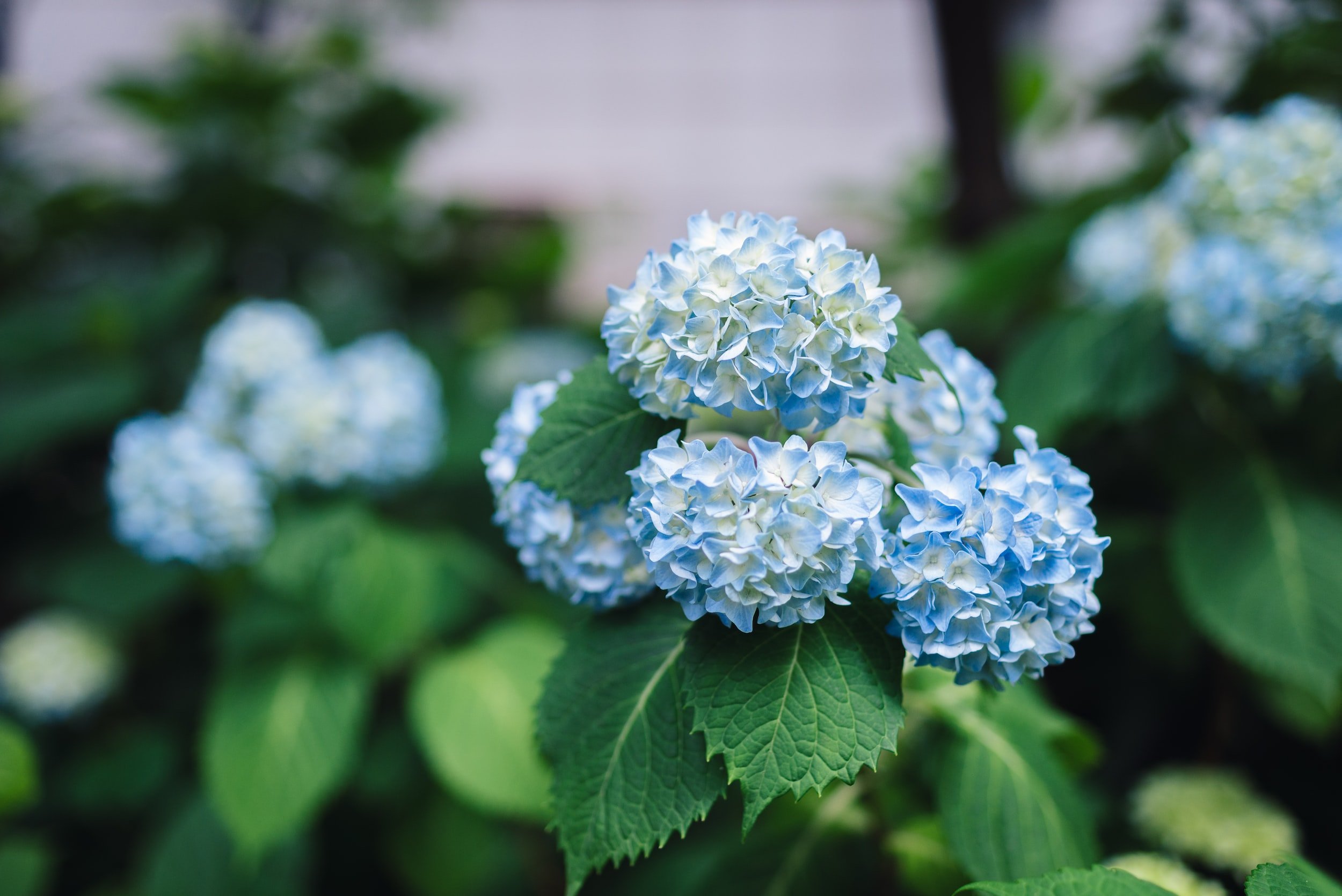Top Guidelines Of Hydrangea Leaves Turning Yellow
Table of ContentsThe Best Strategy To Use For Hydrangea Leaves Turning YellowSome Ideas on Hydrangea Leaves Turning Yellow You Need To KnowHydrangea Leaves Turning Yellow Can Be Fun For AnyoneThe Best Strategy To Use For Hydrangea Leaves Turning YellowGetting The Hydrangea Leaves Turning Yellow To WorkFacts About Hydrangea Leaves Turning Yellow Uncovered
One possibility is that the plant is not obtaining adequate sunshine. During the winter months, the days are much shorter, and the sun is not as intense, so make sure to put your Hydrangea in an area where it will get at the very least 6 hours of sunshine daily. One more reason for Hydrangea yellow leaves in winter season could be excessive water.The fallen leaves may be turning yellow due to temperature level tension. Hydrangeas like cooler temperature levels, so if the plant is in a place that obtains too hot or also cold, the leaves will turn yellow. If you believe temperature stress and anxiety may be the concern, attempt relocating your Hydrangea to a various area or securing it from the components with a cloth cover.
New development will certainly be observed in early springtime, when you'll notice eco-friendly vegetation growing from stems that could have shown up dead. However, if your leaves are transforming brown in spring or summer, there are likely other variables at play. The exact reasons depend on the variety and their growing problems, however in basic, brown hydrangea fallen leaves signify dehydration and wilting in the warm
The Only Guide for Hydrangea Leaves Turning Yellow

Wilting is triggered by lack of moisture, suggesting there are a few good tricks to use to stop this from occurring. Offer your hydrangeas a healthy glug of water every few days when the temperatures are climbing high, and treat the soil to far better retain wetness. After sprinkling, a dab of mulch around the base of each plant must assist with this by keeping wetness in the soil.
This disrupts fungi spores from settling. "The Botrytis fungi prospers in great and damp conditions, so stay clear of bathing the whole plant when sprinkling and simply water at the roots," shares Roy Nicol, a Master Gardener. If you have actually missed out on the possibility for avoidance and are managing an infection you must remove all dead or seriously contaminated fallen leaves from the plant and damage them to stop more spread.
How Hydrangea Leaves Turning Yellow can Save You Time, Stress, and Money.
As a basic guideline, click for more info we advise removing leaves when they are 50% brown or greater. While browning triggered by any kind of factor can not be reversed, taking the corrective activity explained above will certainly encourage the plant to grow brand-new leaves so the damaged leaves either drop off normally or can be gotten rid of by the garden enthusiast.
Hydrangeas ought to be sprinkled only when the top couple of inches of soil are completely dry, and must be offered an extensive soaking each time. Underwatered hydrangeas are likely to have yellow, wilting, and drooping leaves. Increase the regularity and amount of watering for your hedge to aid fix this issue. Hydrangeas like fairly damp (yet not soggy) soil, so offer the roots an excellent saturating and allow water to check it out be taken in into the dirt prior to applying more.
The way you deal with hydrangea leaves turning yellow relies on the key concern creating the yellow fallen leaves. This can be difficult to figure out, yet as soon as you do you will have the ability to change your plant treatment accordingly to deal with the issue. As pointed out previously, a common issue with hydrangeas is nutrition shortages.
Hydrangea Leaves Turning Yellow Can Be Fun For Everyone
Throughout the peak growing period, you should sprinkle at a rate of regarding 1 inch each week. If you are fretted about not appropriately sprinkling your hydrangeas, there are a number of points you can do. Adding mulch to the base of the plants over the origin area assistance to regulate the temperature level around the hedge and preserve water in the dirt.
You can buy and install simple watering worlds. Sprinkling worlds hold water in them and gradually launch this water into the dirt as the ground comes to be dry. Simply load the globe with water, stick the spout right into the dirt within the origin area near this page the base of the plant, and leave it in position up until all the water is gone.
If it is as well severe, some plants will never recoup from transplant shock and will certainly proceed to decline up until they die. Reduce transplant shock by consisting of as numerous origins as feasible when digging up your plant to relocate. Make certain to give more water than common in the weeks adhering to growing to help your plant recuperate and grow brand-new origins.
Everything about Hydrangea Leaves Turning Yellow
To avoid spreading fungal illness, make sure to thouroughly tidy and sanitize any kind of trimming tools before and after usage. Lastly, you can attempt to purge the roots with water to remove excess fertlizer.
Your hydrangea plant chooses well-drained, damp soil. If the pot has inadequate drainage, or your soil is flooded, the fallen leaves will begin to transform yellow. Overwatering makes the soil soaked (Hydrangea Leaves Turning Yellow). Swamped and soaked dirt can lead to stunted growth, leaf staining, and, worst of all, rot fungal conditions. Although over-watering can be unsafe, under-watering is not an option either.
If you do not sprinkle your hydrangea plant for even more than a week, the fallen leaves will certainly begin turning yellow. Fungal diseases that attack the plants tend to reveal indicators on the roots and the fallen leaves of the plant.